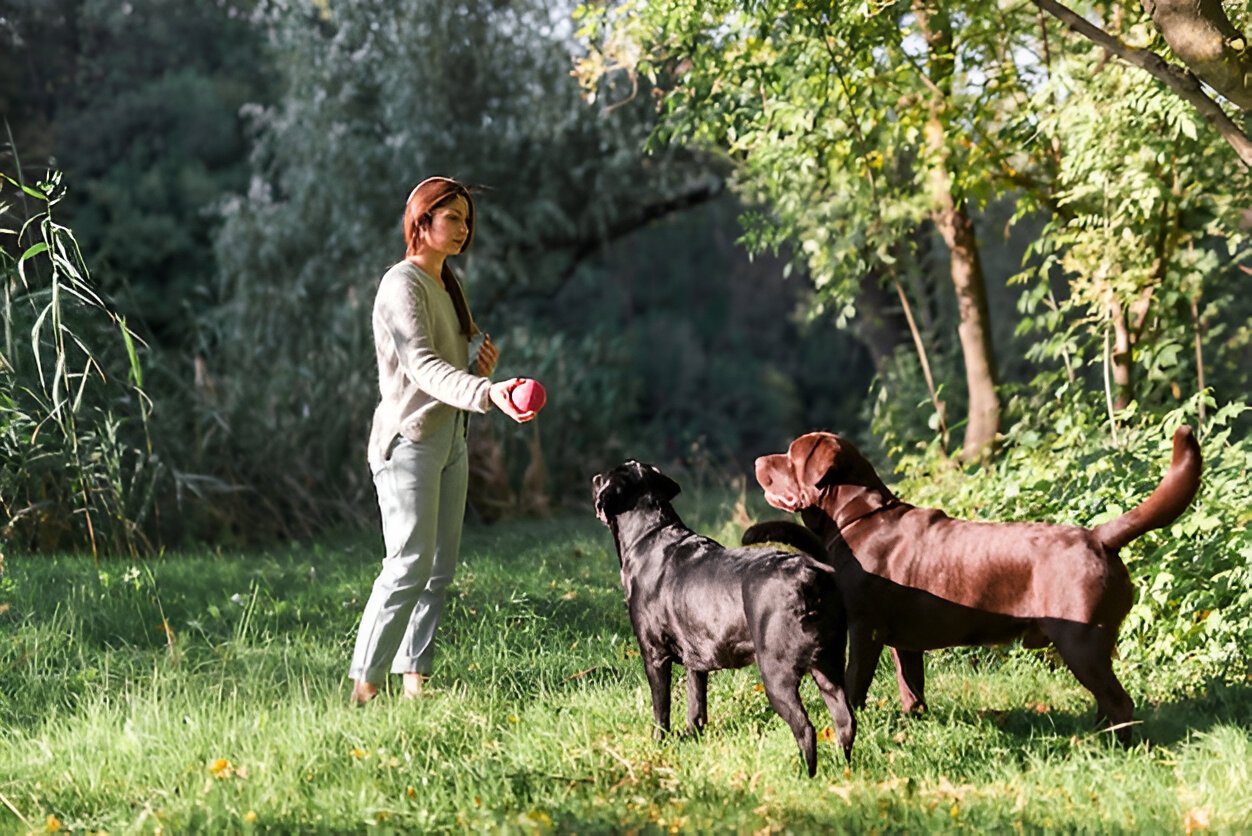Training is a crucial part of raising a well-mannered, happy, and confident dog. Whether you’ve just brought home a new puppy or you’re trying to improve your adult dog’s behavior, consistent training sets the foundation for a lifelong bond. While many pet owners consider private training for dogs to address individual behavior challenges, there’s a strong case to be made for the value and effectiveness of group training classes for dogs.
Group training sessions offer a unique blend of structure, socialization, and cost-efficiency. They not only help your dog learn obedience commands but also teach important life skills that can’t be developed in isolation. In this post, we’ll explore the top benefits of enrolling your dog in group training classes and why they might be the best decision you make for your canine companion.
What Are Group Training Classes for Dogs?
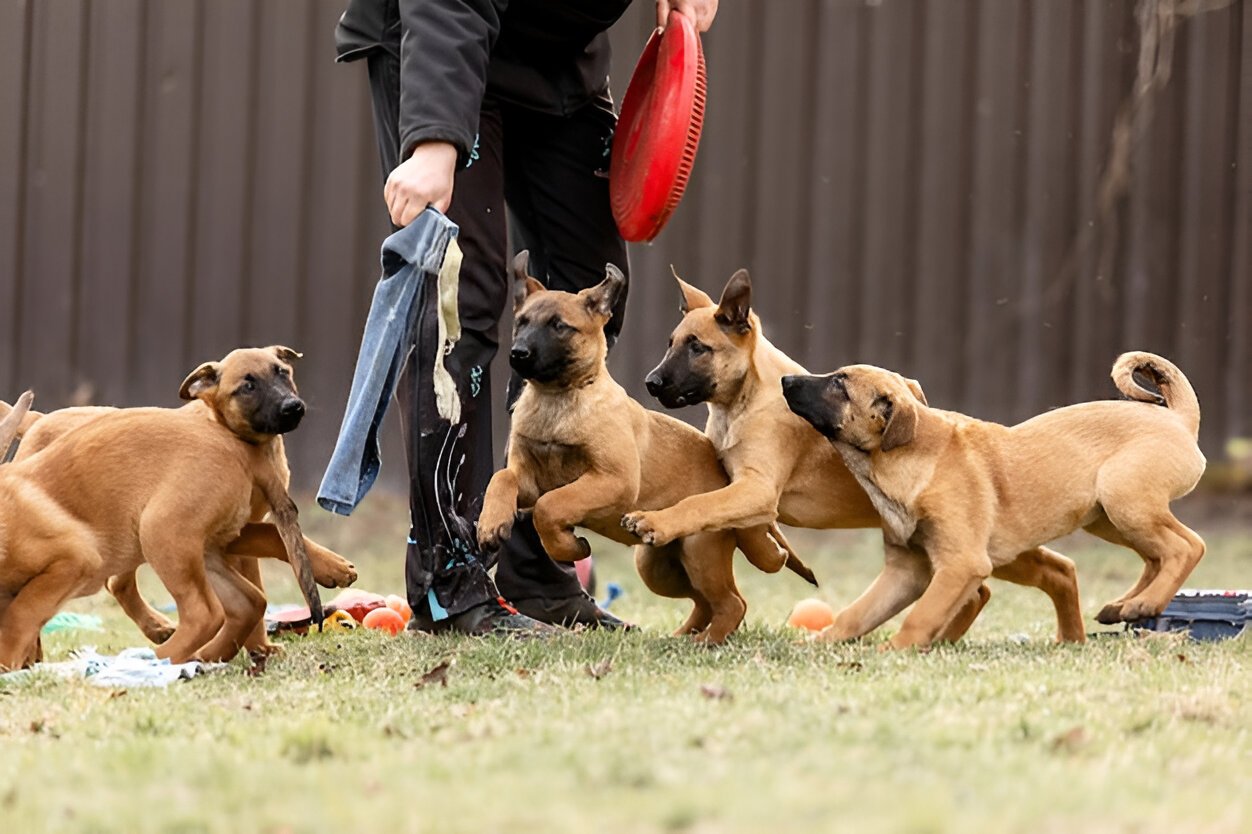
Group training classes for dogs are structured sessions led by a professional trainer and attended by multiple dogs and their owners. These classes typically follow a curriculum designed to teach foundational obedience skills such as sit, stay, come, and loose-leash walking.
The sessions take place in a controlled environment, either indoors or in a secure outdoor area, where dogs can learn not only from the instructor but also from observing each other. Classes usually occur weekly and last between 45 minutes to an hour.
Socialization: A Vital Component of Dog Development
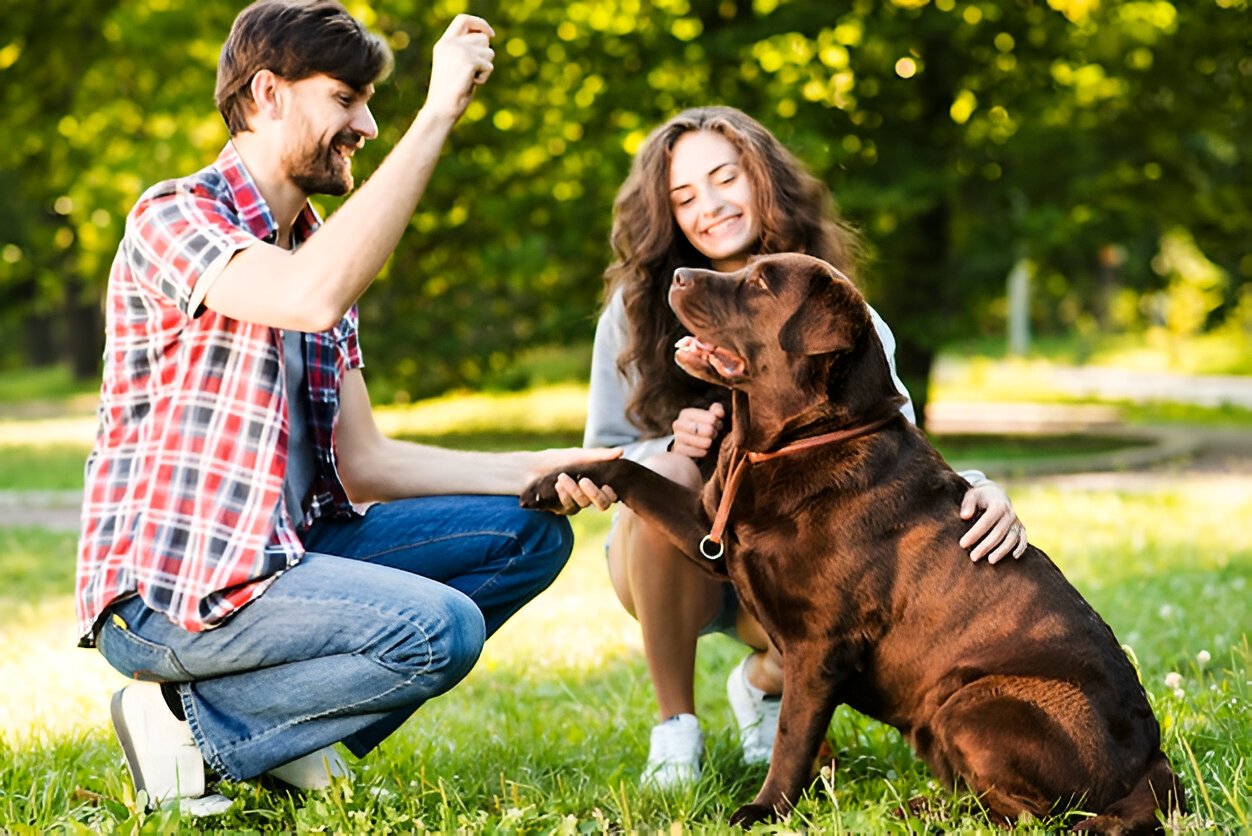
One of the most significant advantages of group training is socialization. Dogs are social animals, and learning how to interact with other dogs and people in a safe and structured setting is vital for their development.
Key Socialization Benefits:
- Reduces fear and aggression toward unfamiliar dogs and people
- Encourages positive play behavior
- Builds confidence in shy or anxious dogs
- Prevents future behavioral problems
In private sessions, socialization is limited or nonexistent. Group training classes for dogs fill this gap by exposing your pet to a variety of personalities and energy levels, which teaches them how to behave calmly and appropriately in social settings.
Real-World Distraction Training
In real life, your dog will encounter distractions—noisy streets, strangers, other dogs. Group training replicates these scenarios, helping your dog learn to stay focused even in stimulating environments.
While private training for dogs offers customized attention, it often takes place in quiet, controlled settings. In contrast, group classes provide opportunities for distraction training that helps solidify your dog’s ability to listen and obey regardless of the environment.
Cost-Effective Alternative to Private Sessions
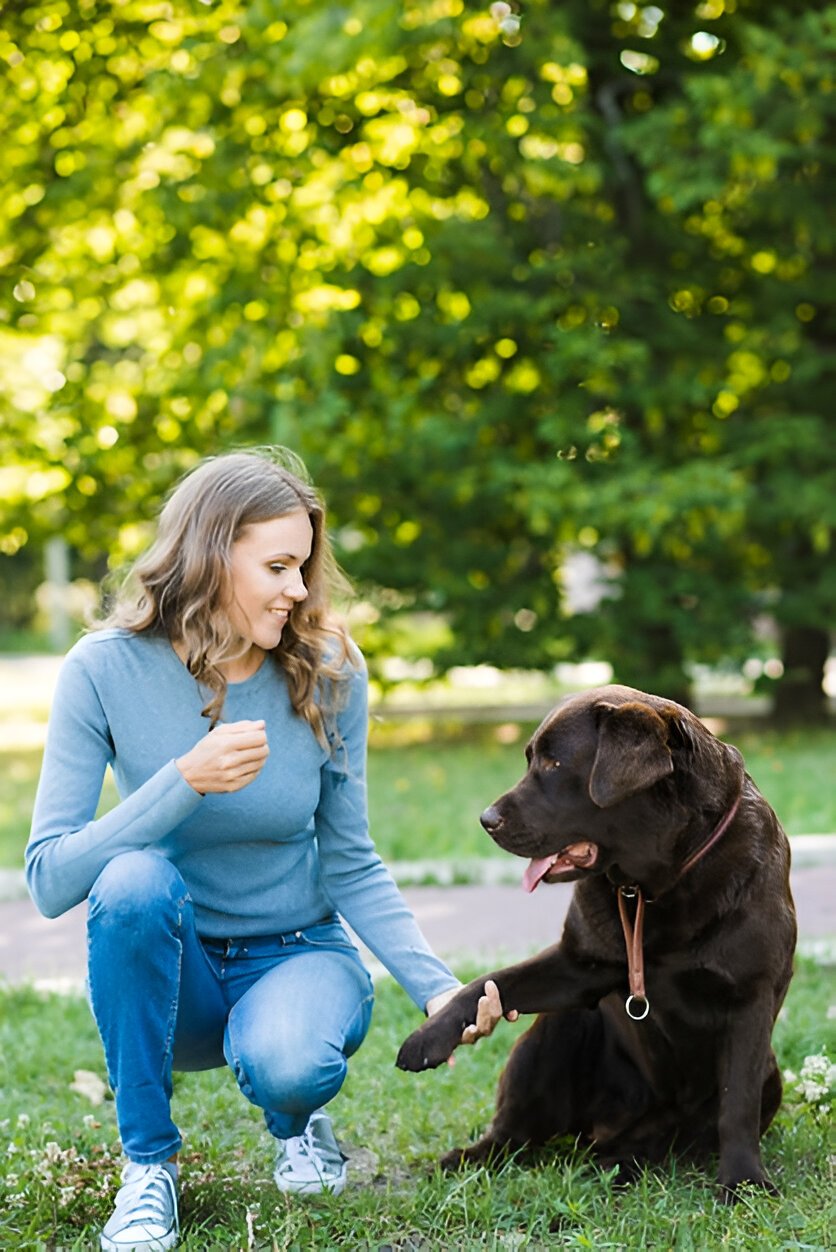
One of the practical benefits of group classes is the affordability. Private lessons can be expensive, particularly if long-term training is required. Group sessions typically cost significantly less per hour and still deliver quality results for most basic to intermediate training needs.
For pet owners on a budget, group classes offer a balance between professional instruction and affordability. And for those who want to start with group training before potentially moving on to private training for dogs, it provides a great foundation.
Structured Learning With a Clear Curriculum
Group classes usually follow a progressive curriculum tailored to the dogs’ skill levels. This structured approach ensures that you and your dog are consistently learning and building on previously taught commands.
A typical course might include:
- Basic obedience (sit, down, stay)
- Loose-leash walking
- Recall (come when called)
- Leave it/drop it
- Calm greetings and impulse control
This format helps both pet and owner understand what’s expected each week, which promotes long-term retention of skills.
Learning from Other Dogs and Owners
A lesser-known advantage of group training is the observational learning that takes place. Dogs and owners alike benefit from watching others succeed (or struggle). Trainers often use one dog as an example, allowing the rest of the class to observe and learn from that demonstration.
This peer-based learning can speed up the training process, as owners often pick up better handling techniques and dogs mimic positive behaviors from their peers.
Owner Education and Involvement
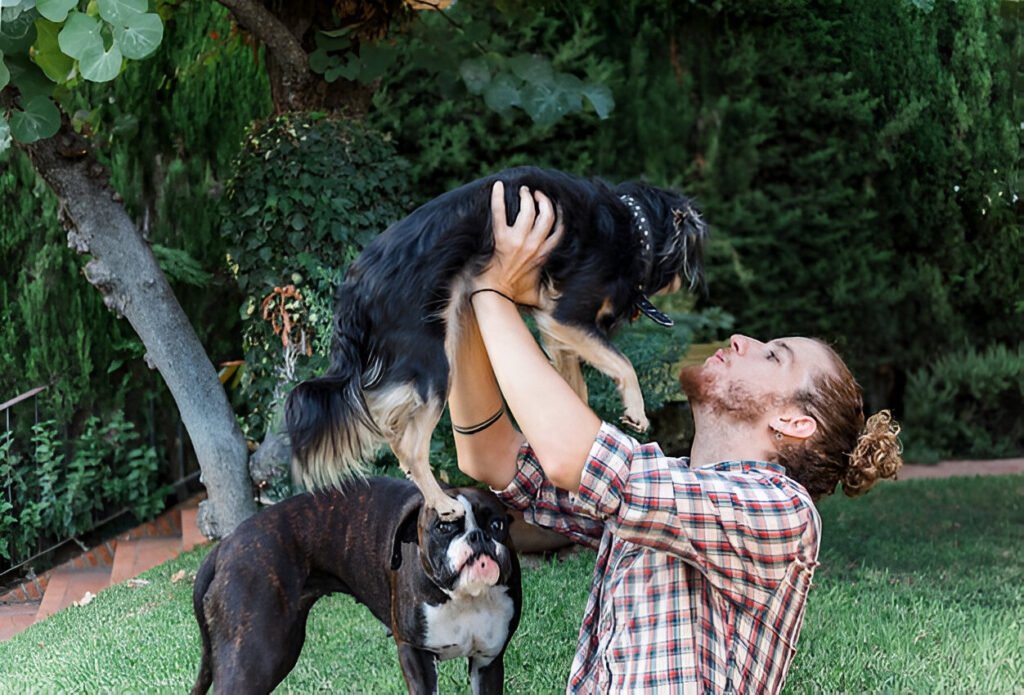
Group training classes aren’t just about training dogs—they’re about educating owners too. Trainers spend time demonstrating techniques, offering feedback, and ensuring each handler understands how to reinforce behavior at home.
In this collaborative environment, owners gain:
- Better timing and consistency with commands
- Improved leash handling skills
- A deeper understanding of canine body language
- Confidence in managing their dog’s behavior
Such education is crucial for long-term success, regardless of whether you choose group training classes for dogs or private training for dogs down the line.
Building Confidence in Shy or Reactive Dogs
If your dog tends to be timid or overly excitable, group training classes for dogs can be a powerful confidence-building tool. Gradual exposure to other dogs, controlled by a skilled trainer, allows these dogs to overcome their fears and learn that other animals and people are not threats.
This kind of gentle desensitization is often more effective in group settings where there’s a mix of calm and energetic dogs, creating a balanced atmosphere that promotes positive experiences.
Consistency and Routine
Dogs thrive on routine. Weekly classes provide a consistent structure that helps reinforce training principles. The repetition from one week to the next ensures that dogs retain what they learn and improve their responsiveness over time.
Regular attendance also allows trainers to track your dog’s progress, offer specific tips, and troubleshoot any issues that arise, creating a more dynamic and responsive training experience than a one-time consultation.
A Fun and Engaging Experience
Let’s not forget the most enjoyable aspect of group training—it’s fun! Dogs get to work, play, and interact in an upbeat environment. Many owners report that their dogs get excited just driving to class.
The communal nature of these sessions also helps owners build a support network. It’s encouraging to meet other dog lovers facing similar training challenges, and it adds a sense of camaraderie to the experience.
When Private Training Might Be Better
While this post focuses on the benefits of group training, there are situations where private training for dogs may be a better fit:
- Severe aggression or reactivity
- Specific behavior modification (e.g., separation anxiety)
- Mobility issues (for dog or owner)
- Schedule conflicts with group class times
In many cases, the best results come from a combination of both approaches—starting with group training classes for dogs for foundation skills, and using private sessions to target specific challenges.
How to Choose the Right Group Training Program

Not all dog training programs are created equal. Here are a few tips for selecting the right one:
- Look for certified and experienced trainers
- Visit the facility in advance if possible
- Ask about class sizes (small groups are more effective)
- Ensure the training methods are positive and reward-based
- Read reviews and ask for referrals
A great training program will take the time to understand your dog’s personality and tailor feedback accordingly.
Conclusion
Whether you’re raising a new puppy or working with an older rescue, group training classes for dogs offer a host of benefits. From boosting your dog’s confidence and improving social skills to teaching you as an owner how to handle real-world scenarios, these classes are more than just obedience lessons—they’re an investment in your dog’s lifelong well-being.
While private training for dogs has its place, especially for advanced or specific behavioral issues, group classes are a fantastic starting point for most pet owners. They’re fun, educational, and effective—and they lay the groundwork for a strong bond between you and your furry friend.
So if you’re on the fence about enrolling, now is the time to take the leash and lead your dog to a better future.
Related Reads
- Corner to Center: Creative Ways to Place an L Shape Sofa in Any Room
- Eco Friendly Junk Removal in Miramar Beach
- Fashion on a Budget: SHEIN Coupon Codes That Work
- Bonnets for Hair: The Ultimate Solution for Healthy and Frizz-Free Hair | Hair Love India
- What Does a Mortgage Broker Do? Everything You Need to Know
